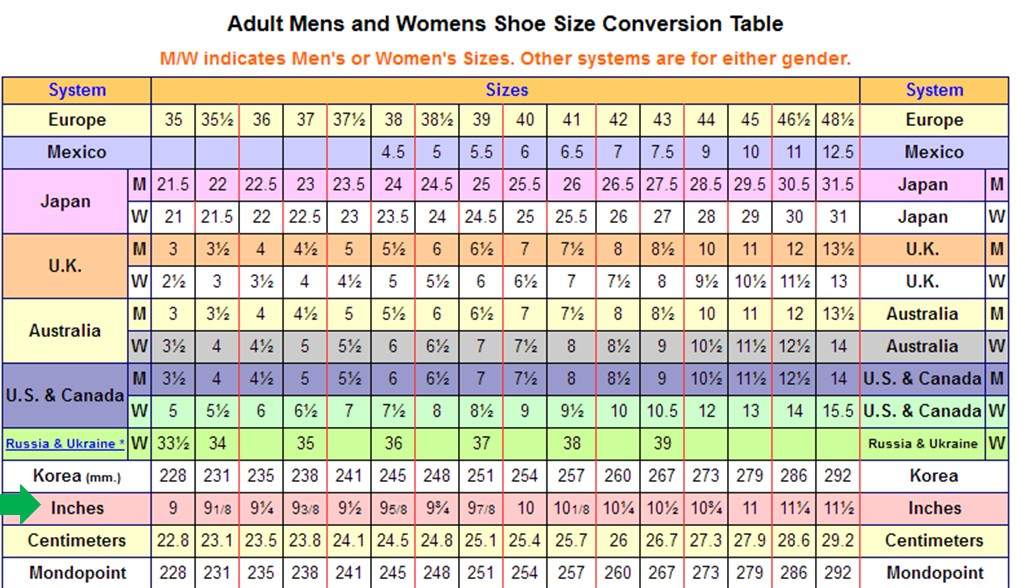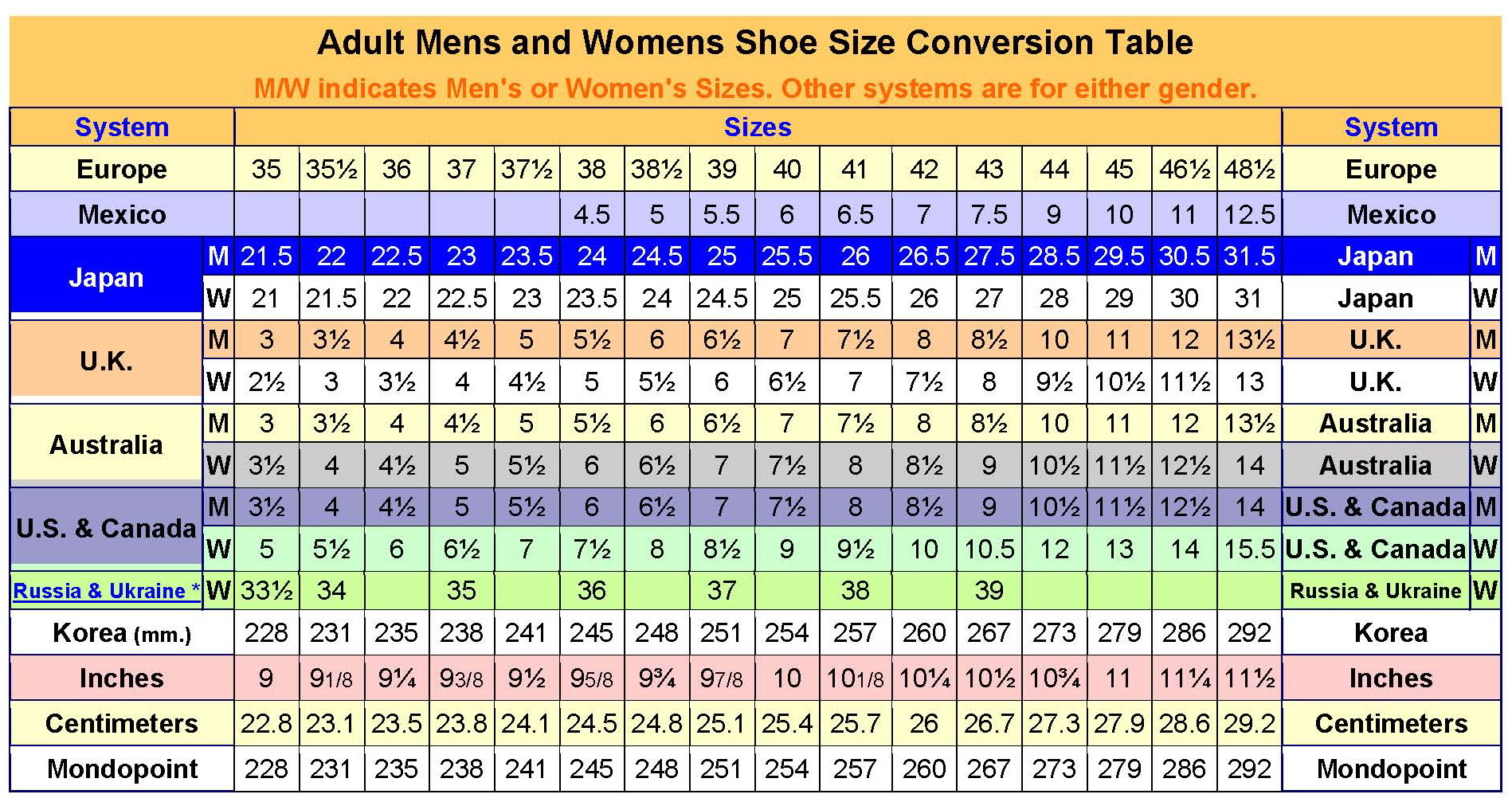Why Accurate Conversions Matter
Accurate shoe size conversions are crucial when purchasing boots, especially from European brands. Ill-fitting shoes can lead to discomfort, blisters, and even long-term foot damage. In fact, a study by the American Podiatric Medical Association found that 78% of Americans experience foot pain, often due to poorly fitting shoes. This highlights the importance of getting the right fit, especially when shopping online or across international borders. A reliable european boot size conversion chart can be the difference between a comfortable, supportive boot and a painful, regretful purchase. By understanding the nuances of European shoe sizing, consumers can make informed decisions and avoid the negative consequences of ill-fitting footwear.
Understanding European Shoe Size Measurements
When it comes to shoe sizing, European and US measurements differ significantly. European shoe sizes are based on the Paris Point system, which measures the length of the foot in centimeters, with each size increment representing a 2/3 centimeter increase. In contrast, the US uses a measurement system based on inches, with sizes increasing in half-size increments. Another system used in Europe is the Mondopoint system, which measures the length and width of the foot in centimeters. Understanding these differences is crucial when converting European boot sizes to US sizes, as a small mistake can result in an ill-fitting shoe. A reliable european boot size conversion chart can help navigate these differences and ensure a comfortable fit.
How to Convert European Boot Sizes to US Sizes
Converting European boot sizes to US sizes requires a clear understanding of the measurement systems used in each region. To ensure an accurate conversion, follow these steps:
1. Determine the European boot size: Check the size label on the boot or the manufacturer’s website to determine the European size.
2. Identify the corresponding US size: Use a reliable european boot size conversion chart to find the corresponding US size. For example, a European size 38 corresponds to a US size 7.
3. Consider the brand’s sizing: Different brands may have slightly different sizing, so it’s essential to check the brand’s sizing chart to ensure an accurate conversion.
4. Account for width and arch type: European sizes often have different width and arch type options, so make sure to consider these factors when converting sizes.
By following these steps and using a reliable european boot size conversion chart, you can ensure an accurate conversion and a comfortable fit. Remember, a small mistake in conversion can result in an ill-fitting shoe, so it’s crucial to take the time to get it right.
European Boot Size Conversion Chart: A Quick Reference Guide
When converting European boot sizes to US sizes, a reliable conversion chart is essential. Below is a comprehensive european boot size conversion chart covering a range of sizes from 35 to 47, along with their corresponding US sizes:
| European Size | US Size |
|---|---|
| 35 | 5 |
| 36 | 6 |
| 37 | 6.5 |
| 38 | 7 |
| 39 | 7.5 |
| 40 | 8 |
| 41 | 8.5 |
| 42 | 9 |
| 43 | 9.5 |
| 44 | 10 |
| 45 | 10.5 |
| 46 | 11 |
| 47 | 11.5 |
This european boot size conversion chart provides a quick and easy reference for converting European boot sizes to US sizes. By using this chart, you can ensure an accurate conversion and a comfortable fit.
Common Conversion Mistakes to Avoid
When converting European boot sizes to US sizes, it’s essential to avoid common mistakes that can lead to ill-fitting shoes. Here are some common mistakes to watch out for:
Neglecting to account for different measurement systems: European shoe sizes are based on the Paris Point system, while US sizes are based on the Mondopoint system. Failing to consider these differences can result in inaccurate conversions.
Relying on inaccurate conversion charts: Not all european boot size conversion charts are created equal. Make sure to use a reliable and up-to-date chart to ensure accurate conversions.
Ignoring brand-specific sizing: Different brands have their own unique sizing systems. Failing to account for these differences can result in shoes that are too small or too large.
Not considering foot width and arch type: European shoe sizes often have different width and arch type options. Neglecting to consider these factors can result in shoes that are uncomfortable or don’t fit properly.
By being aware of these common mistakes, you can avoid the pitfalls of inaccurate conversions and ensure a comfortable and proper fit. Remember, a reliable european boot size conversion chart is essential for accurate conversions.
Top Brands and Their European Boot Size Equivalents
When shopping for European boots, it’s essential to know the corresponding US size equivalents for popular brands. Here are some top European boot brands and their size equivalents:
Dr. Martens: Known for their iconic air-cushioned boots, Dr. Martens uses a unique sizing system. To convert Dr. Martens sizes to US sizes, refer to the following chart:
| Dr. Martens Size | US Size |
|---|---|
| 35 | 5 |
| 36 | 6 |
| 37 | 6.5 |
| 38 | 7 |
| 39 | 7.5 |
| 40 | 8 |
| 41 | 8.5 |
| 42 | 9 |
| 43 | 9.5 |
| 44 | 10 |
| 45 | 10.5 |
| 46 | 11 |
| 47 | 11.5 |
Timberland: Timberland boots are known for their rugged durability and comfort. To convert Timberland sizes to US sizes, refer to the following chart:
| Timberland Size | US Size |
|---|---|
| 35 | 5 |
| 36 | 6 |
| 37 | 6.5 |
| 38 | 7 |
| 39 | 7.5 |
| 40 | 8 |
| 41 | 8.5 |
| 42 | 9 |
| 43 | 9.5 |
| 44 | 10 |
| 45 | 10.5 |
| 46 | 11 |
| 47 | 11.5 |
UGG: UGG boots are known for their comfort and warmth. To convert UGG sizes to US sizes, refer to the following chart:
| UGG Size | US Size |
|---|---|
| 35 | 5 |
| 36 | 6 |
| 37 | 6.5 |
| 38 | 7 |
| 39 | 7.5 |
| 40 | 8 |
| 41 | 8.5 |
| 42 | 9 |
| 43 | 9.5 |
| 44 | 10 |
| 45 | 10.5 |
| 46 | 11 |
| 47 | 11.5 |
By using these charts, you can ensure a comfortable and proper fit when shopping for European boots. Remember to always refer to a reliable european boot size conversion chart to ensure accurate conversions.
Measuring Your Foot for an Accurate Fit
Accurate foot measurement is crucial for a comfortable and proper fit when buying European boots. To ensure the best fit, it’s essential to measure your foot correctly, considering factors such as foot length, width, and arch type.
Here are some tips to help you measure your foot accurately:
Foot Length: Measure the length of your foot from the back of your heel to the tip of your longest toe. Make sure to stand up straight and wear the same type of socks you plan to wear with your boots.
Foot Width: Measure the width of your foot at its widest point, usually at the ball of the foot. This will help you determine whether you need a narrow, medium, or wide fit.
Arch Type: Determine your arch type by wetting your foot and standing on a flat surface. If you have a flat arch, you’ll see a complete impression of your foot. If you have a medium arch, you’ll see a slight curve, and if you have a high arch, you’ll see a more pronounced curve.
Once you have taken your measurements, refer to a reliable european boot size conversion chart to determine your corresponding European boot size. Keep in mind that different brands may have slightly different sizing, so it’s essential to check the size chart for each brand.
By measuring your foot accurately and using a reliable conversion chart, you can ensure a comfortable and proper fit when buying European boots. Remember, a well-fitting boot is essential for comfort, support, and overall foot health.
Conclusion: Mastering European Boot Size Conversions
In conclusion, accurate European boot size conversions are crucial for a comfortable and proper fit. By understanding the differences between European and US shoe size measurements, learning how to convert European boot sizes to US sizes, and using a reliable european boot size conversion chart, individuals can ensure a perfect fit.
Remember, a well-fitting boot is not only essential for comfort but also for preventing discomfort, blisters, and even long-term foot damage. By following the tips and guidelines outlined in this article, individuals can master the art of European boot size conversions and enjoy a comfortable and confident stride.
Whether you’re shopping for boots from popular European brands like Dr. Martens, Timberland, or UGG, or simply looking to upgrade your shoe game, accurate size conversions are key. So, take the time to measure your foot accurately, consult a reliable conversion chart, and make informed purchasing decisions.
With a little practice and patience, you’ll be well on your way to mastering European boot size conversions and enjoying the perfect fit every time.







